Madagascar is an amazing place full of unique wildlife, gorgeous beaches, and fascinating geological structures. Because it’s an isolated island, Madagascar is home to many animals that can’t be found anywhere else in the world such as lemurs and the Panther Chameleon. Flying is really the only way to travel to the island, but you have a variety of options when it comes to where you stay, what you do, and how you get around once you’ve arrived.
StepsMethod 1Method 1 of 4:Flights and Accommodations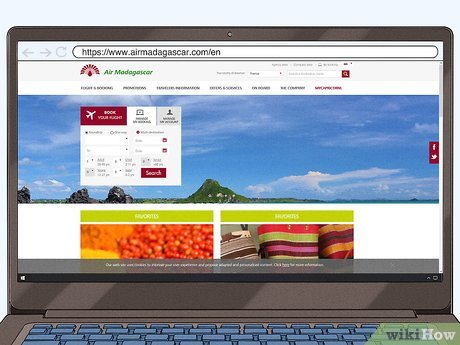
1Book a flight to Madagascar through an online service. Because Madagascar is an isolated island, the only practical way of getting there is by air. Search online for flights to Ivato International Airport and book your ticket. Use a travel agency to book multiple airlines at once or go directly to an airline’s website to purchase your tickets there.XFor example, an online agency like Expedia, Travelocity, and Booking.com can book flights on multiple airlines so you can make your arrangements through them.Air Madagascar serves direct flights from Paris, Johannesburg, and Bangkok, so you can book a connecting flight from one of those locations through them. You can visit their website at https://www.airmadagascar.com/en.Another option is to have a travel agent make arrangements for you. Look online for travel agencies you can pay to have a representative find the best options for your trip.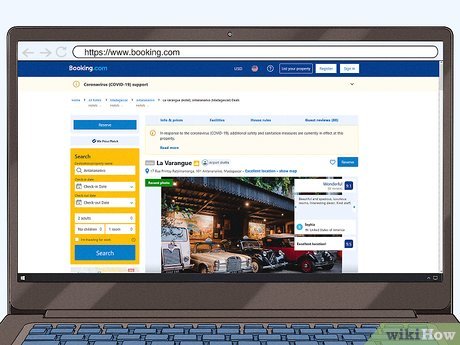
2Use a hotel booking site for a convenient option. If you’re able to book a hotel online, go for it. Book rooms for your stay well ahead of time so they’re reserved and ready for your arrival. Visit a hotel’s website or a hotel booking site and book a hotel in one of the major cities such as Antananarivo so you can walk around and visit the shops, or consider staying in a hotel in the countryside for a more natural and scenic stay.XMost hotels on the south of the island have websites you can use to book your stay.Check out a booking site like Booking.com or Hotels.com to see if they have hotel options you can book. They can make the booking process a little easier.If you want to venture more off the beaten track and visit the more rural northern part of Madagascar, pick up a traditional travel book and look for hotels that may not be listed online.
3Stay at a hostel in the capital to save money. In the capital city of Antananarivo, you can stay at a hostel or dormitory with other people for a lower rate than a hotel room. If you want to bring the costs of your trip down, stay at a hostel and take local transportation.XTravel with a friend to bring your costs down even more!Hostels are really only available in the capital city.
4Camp in a tent in a nature reserve for a rugged experience. If you want to stay at one of the protected wildlife areas such as the Anja Community Reserve or Tsingy de Bemaraha Strict Nature Reserve, plan on pitching a tent when you get there. You can rent a campsite space and equipment to camp out while you’re on the island.XCampsite spaces usually cost between $2-$12 USD a night.If you don’t want to camp out the entire time, you could stay in a hotel for part of your trip and rent a campsite to experience sleeping under the stars while you’re in Madagascar.
5Visit between April and October for the best outdoor activities. If you want to go to Madagascar to observe the animals, hike the trails, and splash around at one of their beautiful beaches, the dry season is the best time for you to go. Book your trip between April and October, when there are fewer rain showers so you can enjoy the beautiful outdoors.XBe aware that the dry season is the peak tourist season for Madagascar. That means there will be many more people visiting the island, and it’ll be more expensive to book flights and accommodations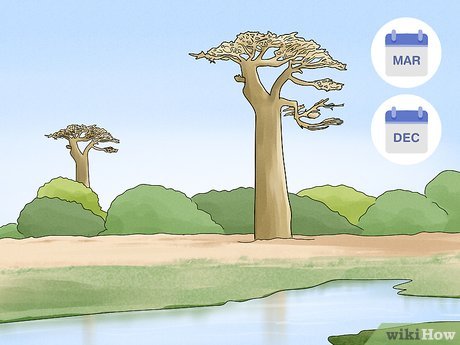
6Go outside of peak season for cheaper rates. If you’re trying to visit Madagascar when there aren’t crowds of tourists and the travel and hotel rates are much cheaper, then the off-season between the months of December and March is ideal. Book your flights and hotel rooms during these months to take advantage of lower rates and fewer people on the island.XKeep in mind that it may be too cold to swim during the winter months.The off-season is also the wet season of Madagascar. That means it’ll be raining more often than not and may be difficult to get around or hike the trails.Method 2Method 2 of 4:Travel Essentials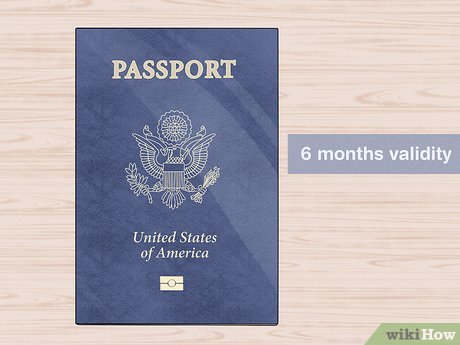
1Get a passport that’s valid for 6 months past your arrival date. Look online to find the closest passport office. Bring proof of your citizenship, such as a birth certificate and a government-issued ID. Fill out the forms to request a passport and pay the fee. If you already have a passport, check the date your passport expires to make sure it will remain valid for at least 6 months past the date you’re set to arrive in Madagascar. Visit your local passport office if you need to update it.XPack your passport in your travel bag so you’ve got it on hand.If you’re in the US and you don’t have a passport, no problem! You can get one without too much trouble. Just make sure you’ve got it before you book your trip.You won’t be allowed to enter Madagascar without a valid passport, so make sure you’re good to go before you even book your flight.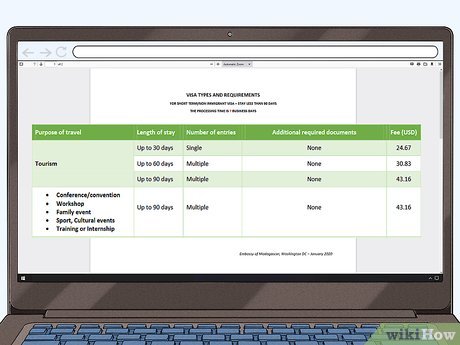
2Purchase a tourist visa so you can enter Madagascar. A travel or tourist visa is required for you to be allowed into Madagascar, so you’ll need to purchase one from immigration and customs officers in Madagascar. When you land on the island, head to the port of entry and buy a tourist visa that will be valid for the duration of your stay.XIf you’re from the US, you can also purchase a visa through the US embassy in Madagascar.You need a tourist visa if your stay is less than 90 days. Any longer than that and you’ll have to apply for another type of visa in advance.Heads up: you have to pay cash for a visa, so be sure to bring cash with you! A 30-day visa costs $36 USD, a 60-day visa costs $50 USD, and a 90-day visa costs $65 USD.X
3Bring insect repellent with DEET for mosquitoes. Madagascar has a lot of mosquitoes, some of which may carry malaria. Pack some insect repellent that contains DEET, which is a chemical that wards off mosquitoes, so you’re protected during your visit to the island.XYou can also purchase insect repellent when you arrive, though it may be pricier.
4Pack long-sleeved clothing to avoid bug bites. Whether you’re traveling to Madagascar in the summer or in the winter, bring some pants and long-sleeved shirts to keep your skin protected from the mosquitoes and other insects. If it’s going to be hot during your stay, choose light and airy long-sleeved clothes. Pack warmer long-sleeved shirts and pants if you’re visiting in the winter.XIt’s especially important that pack protective clothing if you plan to hike during your stay.Long-sleeved shirts and pants will also help protect your skin from the sun.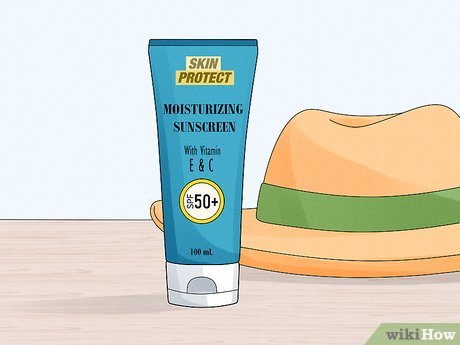
5Bring sunscreen to protect your skin. Pack some sunscreen in your suitcase so you’re prepared for the sun during your trip. Apply the sunscreen often to avoid getting sunburnt.XYou may also want to bring a hat and sunglasses as well.If you plan to swim, don’t forget to pack a swimsuit!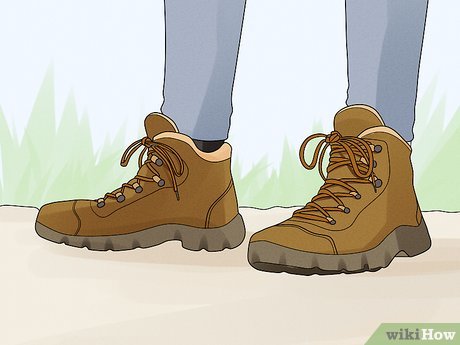
6Wear a sturdy pair of walking shoes or boots. You’ll be walking around a lot so be sure to pack or wear a comfortable, but sturdy pair of shoes or boots. If you plan to go hiking, make sure you bring shoes or boots that are heavy-duty, waterproof, and have good grips so you can traverse over the wet rocks and steep slopes of the hiking trails.XIt’s a good idea to break in your shoes before you wear them to Madagascar as well. Stiff, uncomfy shoes can cause blisters and make your life just generally unpleasant out on the trail.You may also want to pack some “hiking socks” which are designed to keep your feet fresh and comfy in all sorts of climates.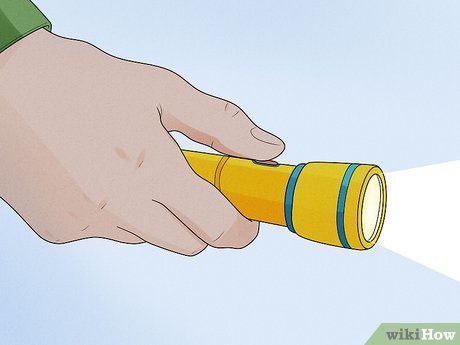
7Bring a flashlight to use at night. There’s almost no street light in Madagascar, so pack a dependable flashlight in your suitcase. When you get to the island, pull it out so you’ve got it handy when it gets dark.XYou can also purchase a flashlight when you arrive, but they may be more expensive.Method 3Method 3 of 4:Getting Around Madagascar
1Rent a car at the airport to travel wherever you want. If you want more freedom and independence to get around the island, go with a rental car. Pick one up from one of the rental agencies at the airport so you can drive to your hotel and anywhere else you want to go during your trip.XYou can also reserve a rental so all you have to do is pick it up when you land.
2Get to your hotel with an airport shuttle if you don’t want to rent a car. If you plan to use public transportation or taxis to get around Madagascar, take an airport shuttle to your hotel. Pick up your luggage after you land and follow the signs for the airport shuttle, which makes stops to the hotels in the area.XSome hotels may have their own airport shuttles that you can use for free, but if not, you’ll need to pay a small fee to use them.
3Use taxis-brousse for an affordable travel option. A taxis-brousse is the most common form of transportation you’ll see on Madagascar. They look a lot like vans, they’re pretty slow, and they can be kind of uncomfortable. But if you need to get around, they’re readily available and super affordable.XYou’ll notice the taxis-brousses lined up at the airport, driving through the cities, and waiting outside of hotels for whenever you need them.A taxis-brousse driver may be able to make recommendations if you’re looking for some good food or something to do.
4Take a domestic flight to get across the island quickly. Air Madagascar, the airline on the island, operates domestic flights you can use to travel quickly for a relatively affordable rate. Book a domestic flight through the airline to catch a flight to another city on the island.XDomestic flights cost about $115-$135 USD for a one-way ticket.Method 4Method 4 of 4:Exploring the Island
1Try out some of the local Malagasy cuisine. The most popular dishes in Madagascar is zebu meat, which is a local breed of cattle, and rice. Check out some of the local restaurants to try zebu steak or zebu stew. Try the chicken, duck, and seafood as well.XIf you’re a vegetarian, try out some fried rice with vegetables or noodles with vegetables.
2Hike in the nature reserves and parks to see the natural beauty. Visit some of the island’s national parks and nature reserves to see unique wildlife, flowers, and geological structures. Hike through tropical forests or swim in the pristine beaches to enjoy the richness of Madagascar’s natural beauty.XYou can drive your rental or take a taxi-brousse to visit some of the nature reserves and natural parks.You’ll need to pay a fee to enter into the parks or reserves.
3Join an organized tour to have food and travel taken care of. An organized tour will arrange transportation and provide meals as they take you from location to location. If you want to see a bunch of different sites and not have to worry about food or transportation, schedule a tour at one of the local services on the island.XYou can look online to find organized tours you can join.You’ll likely see advertisements for tours at the airport and around town when you arrive as well.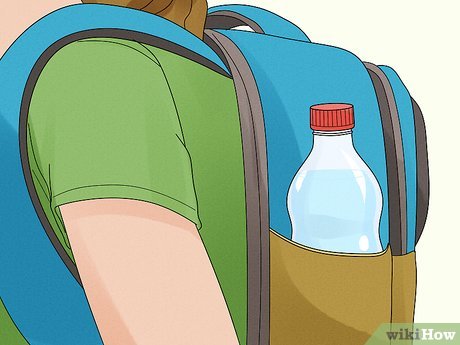
4Stick to bottled water and drinks while you’re there. Drink bottled water or sodas and avoid drinking tap water while you’re in Madagascar. If you drink alcohol, try some of the local flavored rum or locally brewed beer, which is said to be some of the best in Africa.X
5Keep enough cash on hand to buy foods and goods. Although most of the hotels, resorts, and some restaurants may accept credit cards, the majority of the island is cash-driven. Visit an ATM in the city and pull out enough cash to be able to pay for food and buy souvenirs and other items while you’re out and about.XThe currency on Madagascar is called the Ariary, but some locations may only accept the previous currency, called the Malagasy Franc, or FMG. Visit the local bank where you’re staying to exchange for the money you can use in the area.
6Make sure you always have your passport with you. You’re required by law in Madagascar to have your passport with you, so keep it in a pocket or stored in an easy-to-reach location on your bag. If you’re stopped by local police, give them your passport to avoid potential fines or punishment.XSo, don’t leave your passport at the hotel when you head out exploring!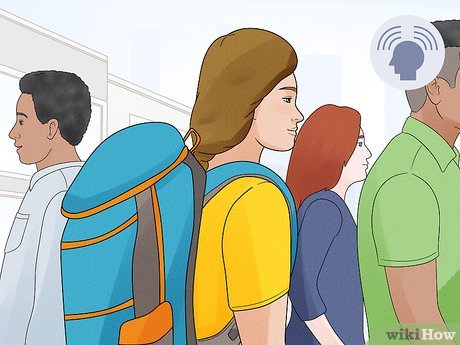
7Be aware of your surroundings at all times while you’re traveling around. While Madagascar is a beautiful place to vacation, pickpocketing and theft can still occur. Additionally, the highways and cities can attract robbers, so keep your eyes open and pay attention to your surroundings to avoid problems while you’re visiting.XContact the local police if you have any conflicts or potential thefts.Keep an eye on your belongings as well.








